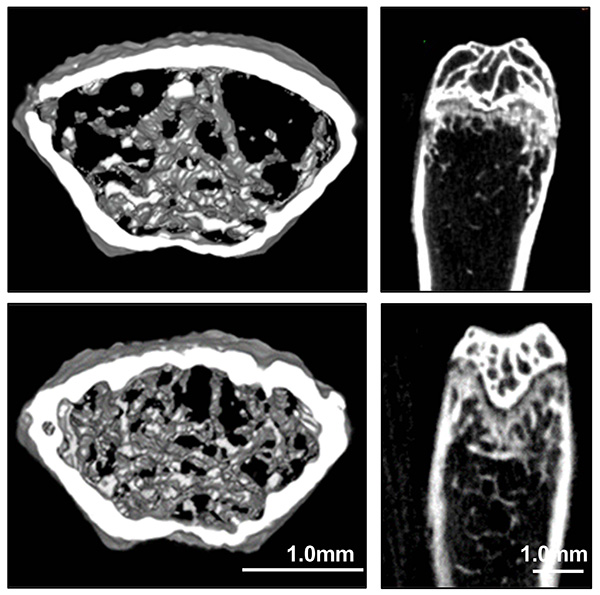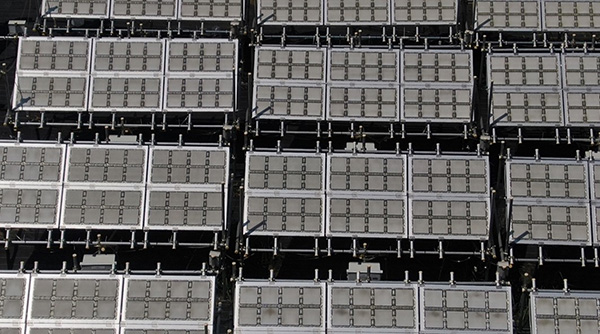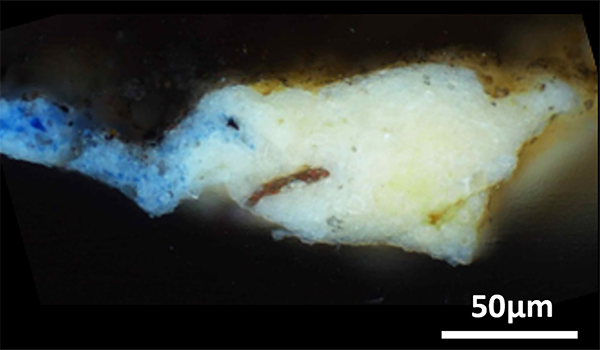With Halloween just around the corner, many people are pulling out plastic fangs or gnarly fake teeth to finish off their outfits. But costume prosthetics don’t replace good oral hygiene or treatments to align teeth. Below are some recent papers published in ACS journals that report insights from ancient teeth and improvements to modern dental practices. Reporters can request free access to these papers by emailing newsroom@acs.org
“Extraction Protocol for Parallel Analysis of Proteins and DNA from Ancient Teeth and Dental Calculus”
Journal of Proteome Research
Sept.12, 2023
The material coating ancient teeth can provide insights into the diets, oral microbiomes and daily activities of people who lived long ago. But there often isn’t enough dental calculus — hardened and calcified plaque — to perform multiple tests on it. So, these researchers compared methods to simultaneously investigate proteins and DNA, and applied one to real ancient teeth. Using the protocol on a medieval-period tooth and three medieval individuals’ calculi, the team obtained enough DNA for sequencing and identified proteins of human, dietary and microbial origins.
“A Novel Injectable Piezoelectric Hydrogel for Periodontal Disease Treatment”
ACS Applied Materials & Interfaces
Sept. 6, 2023
In this proof-of-concept paper, the authors harness vibrations naturally experienced by teeth to produce electricity and treat bacterial gum disease. They developed an injectable piezoelectric gel called PiezoGEL. Initial lab experiments showed that exposure to small vibrations made the gel’s barium titanate fillers generate electrical charges and shrink pathogenic Porphyromonas gingivalis biofilms. Then, when injected into the infected gum tissues of mouse models, the biomaterial reduced bacteria-caused inflammation and promoted bone regeneration.
“Effective Orthodontic Tooth Movement via an Occlusion-Activated Electromechanical Synergistic Dental Aligner”
ACS Nano
Aug.17, 2023
By the time most people reach adulthood, they’ve worn metal braces or transparent tray aligners, sometimes for years. To speed up these uncomfortable treatments, this team developed a self-powered version. It integrated a thin piezoelectric generator inside a clear plastic dental tray. In rat models, mouth movements produced electric pulses that entered the roots and gums, substantially accelerating bone metabolism and tooth movement within 18 days. The researchers say that the combination of mechanical force and electrical pulses could someday shorten the duration of orthodontia treatments.
###
The American Chemical Society (ACS) is a nonprofit organization chartered by the U.S. Congress. ACS’ mission is to advance the broader chemistry enterprise and its practitioners for the benefit of Earth and all its people. The Society is a global leader in promoting excellence in science education and providing access to chemistry-related information and research through its multiple research solutions, peer-reviewed journals, scientific conferences, eBooks and weekly news periodical Chemical & Engineering News. ACS journals are among the most cited, most trusted and most read within the scientific literature; however, ACS itself does not conduct chemical research. As a leader in scientific information solutions, its CAS division partners with global innovators to accelerate breakthroughs by curating, connecting and analyzing the world’s scientific knowledge. ACS’ main offices are in Washington, D.C., and Columbus, Ohio.
To automatically receive press releases from the American Chemical Society, contact newsroom@acs.org.
Note: ACS does not conduct research, but publishes and publicizes peer-reviewed scientific studies.







